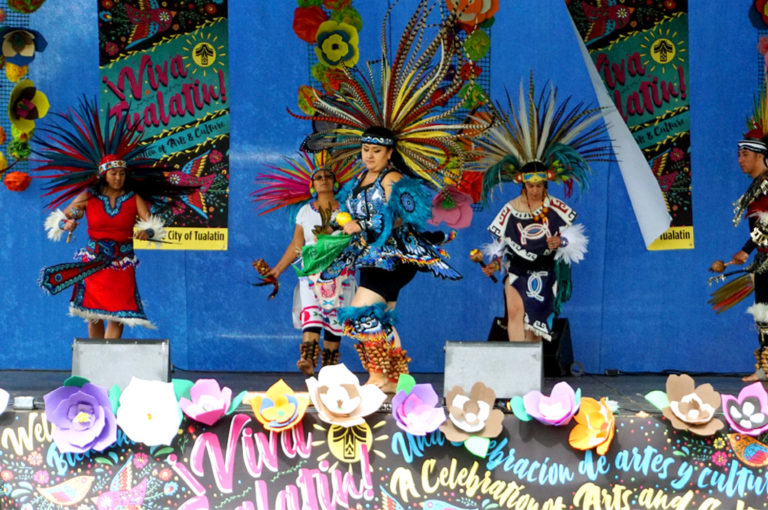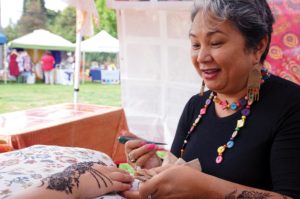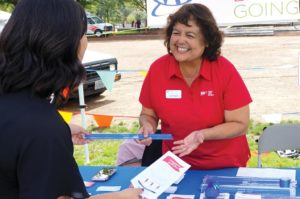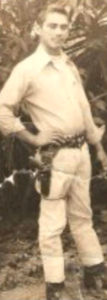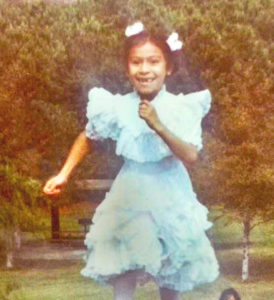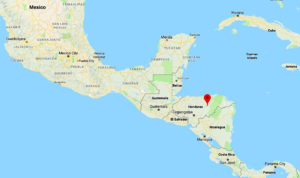Judy Gates Goldmann shared the story of her great-grandfather, Joseph Meek, at a Tualatin Historical Society on Sept. 4. Goldmann explained Meek as a mountain man and one of the first to settle in Oregon. Goldmann’s slideshow shared a collection of historic photographs and documents collected from her family’s history.
“He’s one of the earliest pioneers in our area,” Goldmann said.
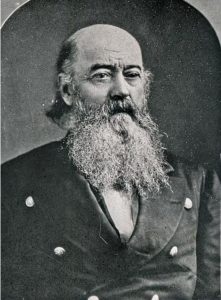
Meek was born in 1810. He became a fur trapper and was quickly named a “mountain man” after his expeditions as a fur trapper and traveler in the mountains. A fellow fur trapper, Robert Newell, was asked along with Meek to guide missionaries over the long trail west to the Whitman Mission. Meek was the leader of the group. Their path was one of the first trails blazed from the Rocky Mountains to the Columbia River. They started at Fort Hall and traveled to Fort Walla Walla in late 1840.
Robert Newell was quoted on Tualatin Valley Tales’s blog post on Mar. 15, 2018. “In a few days we began to realize the difficult task before us…we were quite sorry we had undertaken the job,” Newell said.
Public Broadcasting Service (PBS) featured a synopsis of Meek’s tales of his journey in the mountains in a series called New Perspectives on the West. “Meek’s stories of these years included a hand-to-paw encounter with a grizzly bear and a narrow escape in a confrontation with a Blackfoot warrior.”
Meek’s adventures as a “mountain man” soon came to a close as he fought to make Oregon a United States (U.S.) territory. Meek was appointed as the territory’s federal marshal and shortly after prosecuted five Cayuse Indians found guilty for the murder of the Whitman family and others at the Whitman Mission. The tragic story was named the Whitman Massacre. Meek was in good standing with the native tribes, but as the marshal he had to execute the men responsible for these murders.
Over his lifetime, Meek married three times. His second wife, whose name is unknown, left him because of his drinking and later died of a disease. According to Goldman, Meek’s second wife was the mother of Helen Mar who died in the Whitman Massacre. Meek’s third and final marriage was to Virginia, the daughter of a Nez sub-chief. Goldmann shared how Virginia wanted to stay with her family and didn’t want to move west with Meek. Meek was firm in his reply stating Virginia was his wife and she will go with him wherever he travels.
In 1850, the U.S. Congress enacted the Donation Land Claim to entice travelers to settle in the Oregon Territory and claim a free piece of land. Meek and his family found their property north of Hillsboro. Newell was closeby as he swapped his land for a piece of property at Champoeg.
“Meek was famous for saying he was born in Washington County and died in Washington County,” Goldmann said. Meek died in 1875 at the age of 65 leaving a legacy behind as a great storyteller, “mountain man” and pioneer.
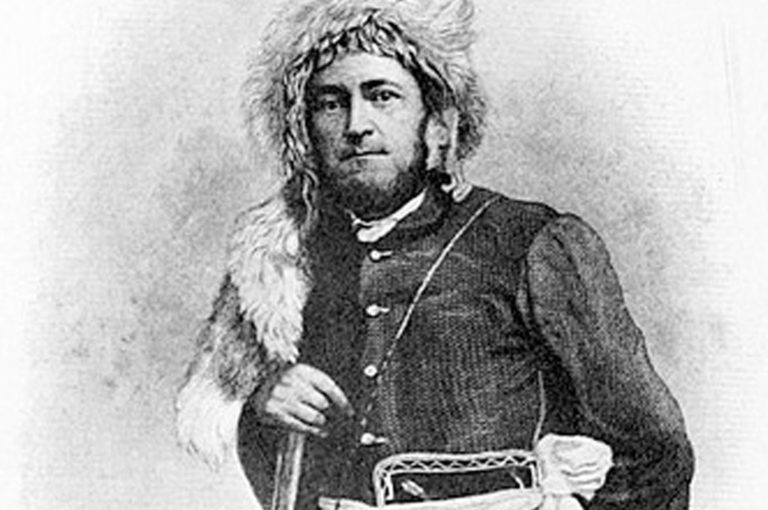
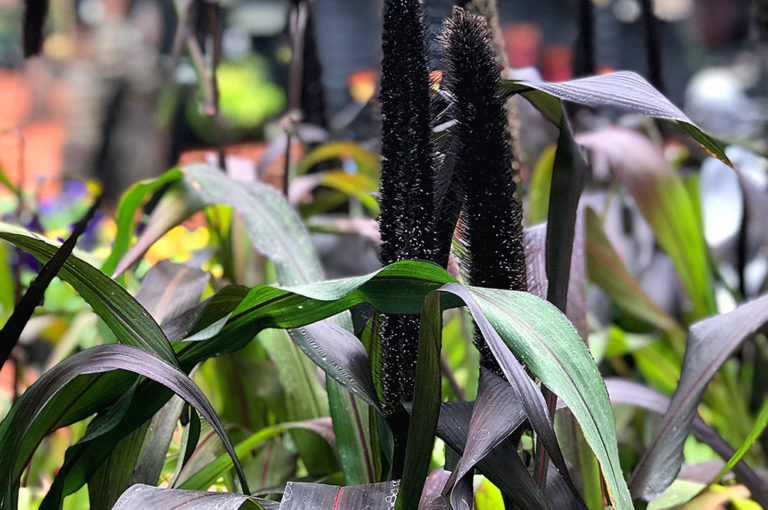
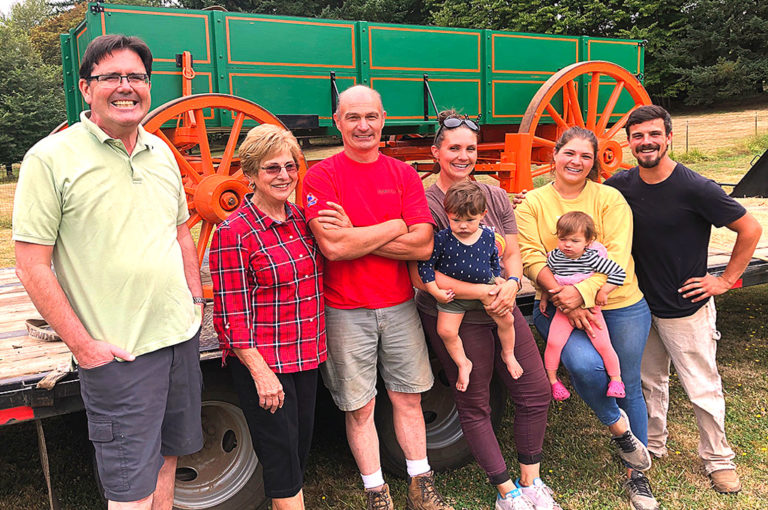
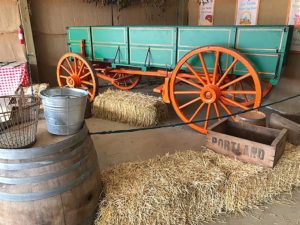 George Galbreath crossed the plains on the Oregon Trail when he was two years old with his parents Sarah and Sam and little brother Joseph.
George Galbreath crossed the plains on the Oregon Trail when he was two years old with his parents Sarah and Sam and little brother Joseph.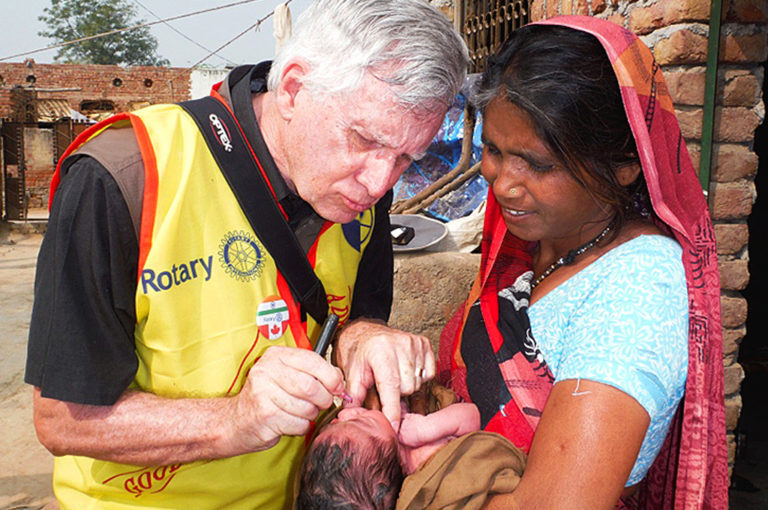
 For over 30 years, the Global Polio Eradication Initiative has been working to rid the world of this crippling disease.
For over 30 years, the Global Polio Eradication Initiative has been working to rid the world of this crippling disease.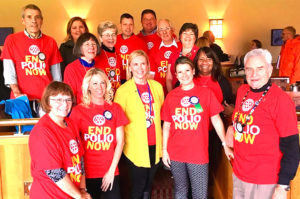
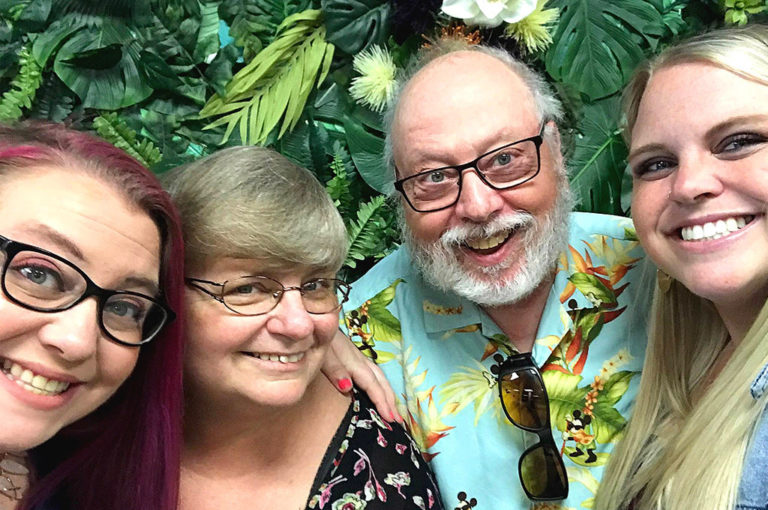
 Charles Redwing prepares for retirement in just two months. After over twenty years with the United States Postal Service, Chuck is ready for a new chapter. Though he was never your stereotypical postal employee. Chuck always has a smile on his face, and wore costumes for every occasion to make fellow employees and customers laugh.
Charles Redwing prepares for retirement in just two months. After over twenty years with the United States Postal Service, Chuck is ready for a new chapter. Though he was never your stereotypical postal employee. Chuck always has a smile on his face, and wore costumes for every occasion to make fellow employees and customers laugh.
